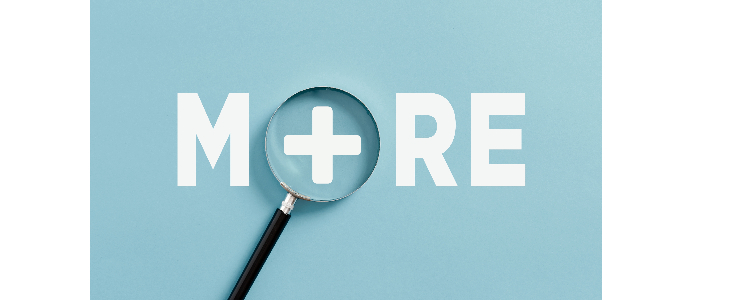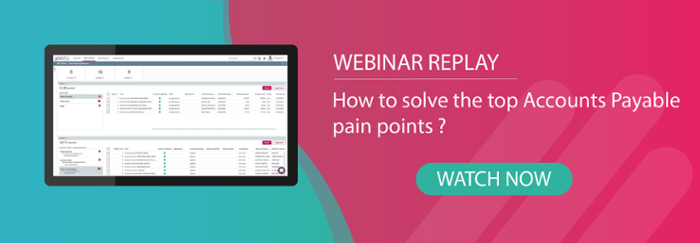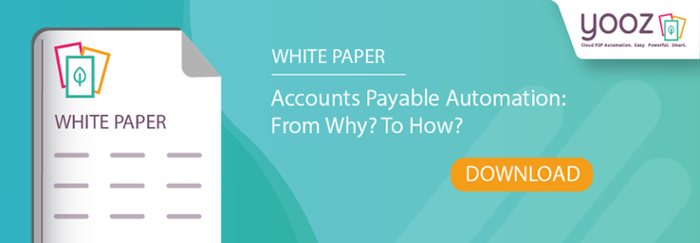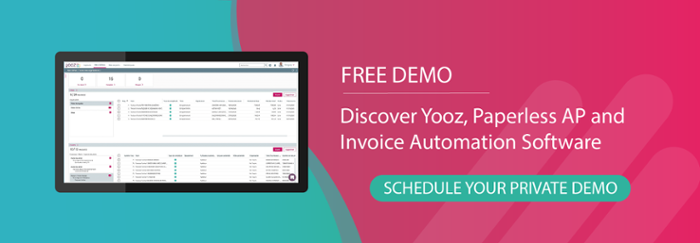In the realm of organisational procurement, be it office supplies, hardware, or software solutions, every Purchase Order (PO) initiated by and organisation embarks on a crucial journey know as the Purchase-to-Pay (P2P) cycle.
This cycle, interchangeable referred to as the Procure-to-Pay cycle, constitutes a well-defined sequence of nestled within the broader Accounts Payable framework. It serves as the compass for organisations seeking to seamlessly acquire goods and services from their external suppliers.
Spanning from the initial identification of a procurement need to the dispatch of vendor payments, the P2P process encapsulates a spectrum of vital procurement operations.
In this guide, we'll highlight the key stages across the purchase-to-pay/procure-to-pay process.

What is 'procure-to-pay cycle'?
The Procure-to-Pay (P2P) cycle, also known as the Purchase-to-Pay (P2P) cycle, is a vital process that ensures businesses efficiently meet their needs while maintaining cost control, supplier relationships, and compliance with procurement practices. An effective P2P process is vital for effective cost management, supplier relationship maintenance, and adherence to procurement policies and regulations.
It works like this:
After identifying a business need, if it cannot be met internally, a responsible party within the organisation (such as a budgetary holder or person with appropriate responsibilities), must select a supplier. Negotiations for terms will then ensue, followed by the issuance of a purchase order.
Upon the supplier's delivery of the product or service, the organisation will scrutinise the quality and quantity of the received goods or services. Invoices will be generated, checked for accuracy, and processed for payment. The cycle concludes with the remittance of payment to the supplier.
Now that we've established the essence of the purchase-to-pay/procure-to-pay cycle, let's delve deeper into each step, providing a comprehensive understanding of what to anticipate.
Step 1: Identifying the need
The purchasing process begins with the moment someone or a department within the organisation identifies a need for a specific product or service. For example, the IT team might identify the need for an enhanced security solution to help keep financial information safe. Following this, a thorough supplier evaluation is conducted, and a shortlist is presented to organisation leaders for approval.
Having obtained approval, they would then move on to the next step: Request for Purchase (RFP).
Step 2: Request for Purchase (RFP)
Once the identified need is approved, a Request for Purchase (RFP) or purchase requisition is created. This document outlines several important details, such as requestor information (e.g., name and department), purchaser details (e.g., location and mailing address), items specifics, supplier information, price, and delivery expectations.
Why is the purchase requisition so important? The RFP serves as a crucial paper trail for tax purposes, fraud prevention, and financial audits. Consider, every organisation needs to buy things, but without a paper trail, the likelihood of fraud increases significantly. Purchase orders put things on paper and help to avoid duplicate orders while aiding financial audits and cost clarity (no surprises from suppliers).
Let's move on to the next step of the P2P process: purchase orders.
Step 3: Purchase order
After receiving the purchase order request, the procurement department generates a Purchase Order (PO). As mentioned above, the PO includes the details of the purchase request - requestor and purchaser information, etc. - but most importantly: the agreed-upon price, items, quantity, and delivery terms.
Discover the best way to automate your entire purchase-to-pay process with Yooz & NetSuite.

Step 4: Supplier selection and negotiation
At this stage, the procurement department evaluates various suppliers to secure favorable terms that lead to cost savings. This assessment is usually done through supplier portals or online vendor management platforms integrated with the Enterprise Resource Management (ERP) system.
Step 5: Goods/services receipt (approved purchase requisitions)
Upon delivery, the receiving department verifies the quality and quantity of goods or services to ensure that they meet the specified need. This confirmation aligns with the details outlined in the PO, ensuring a seamless procurement process.
Step 6: Invoice receipt, verification, and approval
The next part of the procure-to-pay process is invoice receipt. Upon service or product delivery, the supplier submits an invoice to the organisation. The procurement team or finance team then conducts a careful three-way match process, comparing the invoice, purchase order, and services receipt in order to verify accuracy.
This information is then securely stored for future audits or cost analysis.
Step 7: Vendor payment
Once the invoice for the purchase order is approved, the payment process begins according to the agreed-upon terms. Payments may be immediate, on a net 30 basis, or according to some other pre-defined arrangement.

Step 8: Continuous improvement and adaption
While the steps outlined above form the backbone of a successful P2P cycle, it's esential to recognise that this is not a static process. Continuous improvement is key to staying agile and efficient in a dynamic business environment.
Regularly reviewing and refining each stage of the P2P cycle allows organisations to adapt to changing supplier landscapes, technological advancements, and internal needs.
In addition, embracing emerging technolgoies can further enhance the P2P cycle. Consider exploring cutting-edge solutions like blockchain for transparent and secure transactions, or leveraging data analytics to gain a deepr insight into procurement patterns and supplier performance.
By remaining open to innovation, organisations can unlock new levels of efficiency and cost-effectiveness within their P2P process. Remember, a well-poptimised P2P cycle is the foundation of sustainable procurement success.

Additional aspects of the purchase-to-pay cycle
As well as the various procurement and payment processes above, there are other aspects of the procurement process that aid departments and procure to pay solutions that add incredible value:
- Supplier relationship management:
Evaluating supplier performance, including on-time delivery and contract compliance, is part of the purchase-to-pay process that helps ensure that you obtain the best value. Monitoring and renegotiating contracts with reliable suppliers ensures cost-effectiveness without compromising quality. - Record keeping:
Comprehensive transaction records are crucial for financial audits and expenditure forecasting. Accounts Payable systems provide centralised repositories for transaction data, enabling procurement and finance teams to access information as needed.
In summation, mastering the purchase-to-pay cycle is key for businesses who aim to efficiently meet their needs while maintaining cost control, supplier relationships, and compliance with procurement policies. By following these steps and considering a few additional aspects, organisations can optimise their procurement process to achieve sustained success.
Best practices for a seamless procure-to-pay process
In addition to the aforementioned steps, organisations can implement the following measures to ensure a seamless P2P process tailored to their specific needs.
1. Procure-to-pay software integration:
Leverage advanced procurement software to improve every aspect of procure-to-pay operations. These solutions offer digital workflows covering everything from purchase requests and purchase orders to vendor invoices and supplier management. By automating your AP from procurement to payment, businesses can achieve greater efficiency, reduce errors, and ensure a seamless process that aligns with overall strategic goals.
They encompass capabilities such as invoice matching capabilities, digital invoice capture, and robust analysis and reporting (so you can see what's working and what's not), and much more.
2. Digital invoice processing:
Implementing digital invoice processing can be a game-changer for procurement teams, perhaps one of the most important solutions due to how much time it can save. This solution automatically extracts structured data from invoice receipts, uploading the information to a central location.
Procurement teams can then use invoice automation to streamline vendor invoice approval workflows, match invoices to purchase orders, and facilitate vendor payment. And this is just the tip of the iceberg!
3. Enhanced supplier engagement
Building strong relationships with suppliers is critical to ensuring access to the best goods and discounts. For example, establishing exclusive contracts with specific suppliers can deliver cost savings, particularly for bulk purchases.
4. Supplier management portal setup
Simplify purchase order creation and requisitions through a dedicated supplier management portal. This tool provides teams with access to a curated list of trusted suppliers offering competitive pricing, making it so much easier for teams to get the goods that they need, when they need them.
The portal also ensures compliance with departmental budgets and approved vendor polices (whch may be a legal requirement set by your organisation). Supplier management portals also make supplier onboarding a straightforward process as they simply need to register.

5. Consideration of ERP systems
Arguably, the best way to manage the entire P2P process is to use an Enterprise Resource Planning (ERP) system. It covers Procure-to-Pay (P2P) functionalities, accounting software, finance integrations, spend/cost analysis, reporting, financial forecasting (including dashboards), invoice processing automation, supplier relationship management, workflows, and more. It outperforms traditional solutions like Excel spreadsheets and manual invoice capture because it provides scalability and end-to-end coverage.
Improve your P2P cycle with Yooz
Yooz offers a state-of-the-art, user-friendly cloud-based Purchase-to-Pay (P2P) automation solution. With our 5,000 customers and 300,000 users globally, Yooz leverages Artificial Intelligence (AI) and Robotic Process Automation (RPA) technologies to ensure an exceptional level of automation seamlessly integrated into existing ERP or other financial systems.
Want to learn more about this incredible procure-to-pay system?









